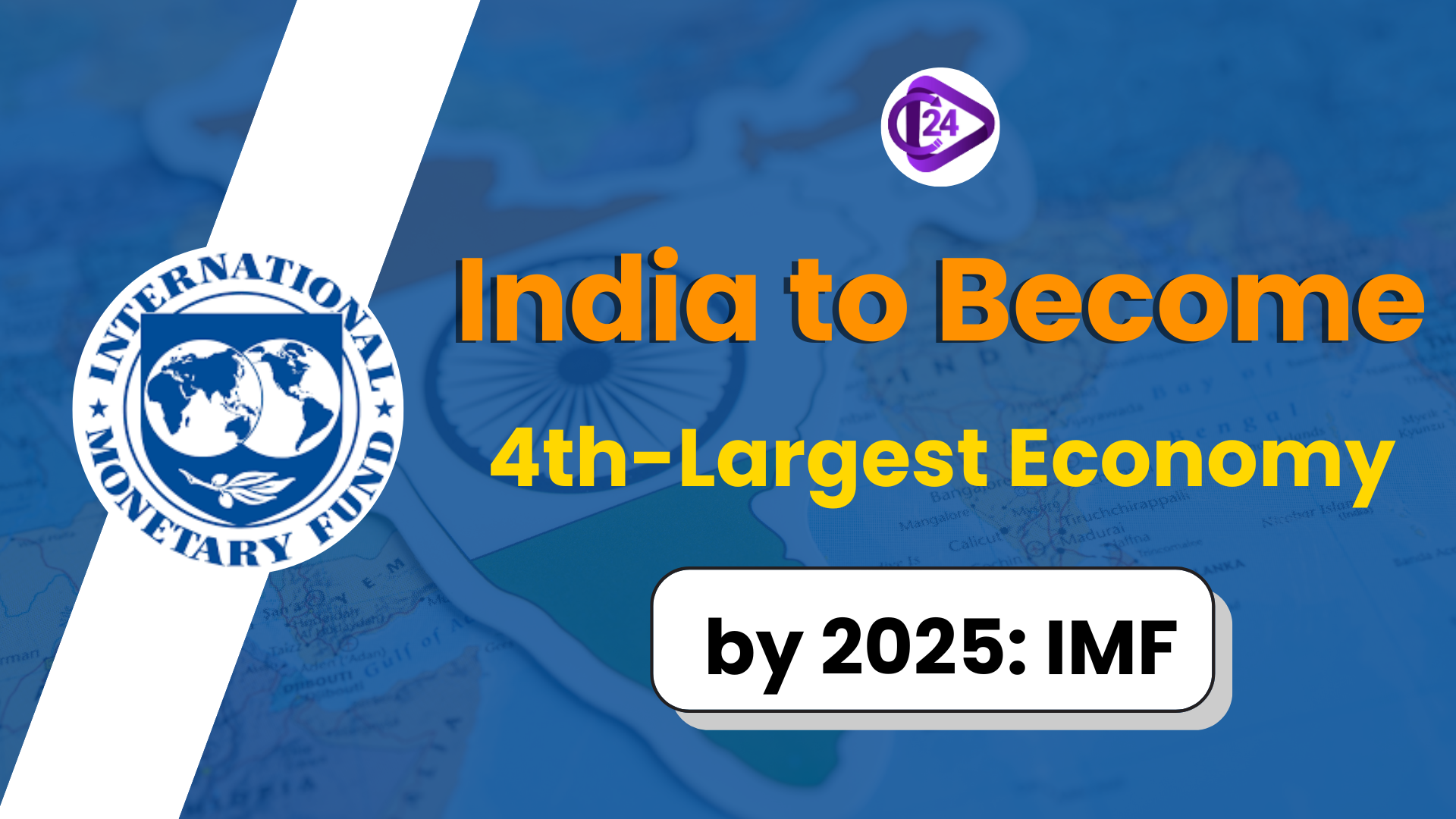
According to the International Monetary Fund’s (IMF) April 2025 World Economic Outlook (WEO), India will rise past Japan to become the world’s fourth-largest economy by 2025. Despite the slight downward revision on the growth outlook, India remains the most dynamic of major economies. The WEO provides analysis of recent changes in the world economy, with emphasis on lower expansion and outcomes of population ageing. With active domestic expenditure, a well-established macroeconomic stability, and ongoing policy fixes, the Indian economy holds on staunchly. These projections throw light on the rising importance of India in the world economy.
Context:
-
The IMF’s most recent April 2025 World Economic Outlook forecasts that India will rank fourth in the world in 2025 based on GDP estimate of USD 4.187 trillion and surpassing Japan.
Key Highlights of World Economic Outlook 2025:
-
Global Trends:
-
Global Growth Forecast: 2.8% in 2025 and 3.0% in 2026.
-
US Economy: The US is expected to expand at 1.8% this year, hampered by policy and trade complications.
-
Emerging Markets: In terms of forecast, there is 3.7% growth, which surpasses the global average.
-
Inflation: Proceeding in slow motion downwards, with sustained trade and the volatility of markets posing a concern.
-
Demographic Shift: The effect of an aging population on growth is debatable, but healthy aging could add another four-tenths of 1% to global GDP over the next couple of decades.
-
-
India-Specific Insights:
-
Growth Rate: An upward revision moves the forecast for 2025 to 6.2%, pushing India into the place of fastest growth for the economy among the major economies.
-
GDP Size: Estimated to total USD 4.187 trillion, will surpass Japan in terms of GDP.
-
Comparison with China: China’s growth forecast has been cut by 4.0%, but India continues to lead the way.
-
Consumption: The growth, even as the global economy slows, continues to be driven by rural spending.
-
About World Economic Outlook:
-
Biannual publication (April and October).
-
Supplys predict about the economy and provide issues to policymaking.
-
Provides a global and area-wise analysis of dynamics, inflation, and risk of financial stability.
-
Useful to policymakers, researchers, and investors.
What is the IMF?
-
In 1944, the IMF was established with 190 member countries, all having representation on their executive board consistent with its financing role.
-
The core of the IMF’s mission is to support global stability in monetary affairs, support global trade, and promote sustainable growth in the global economy.
History of the IMF:
-
Bretton Woods Conference (1944): As a result of this UN conference, the IMF started as an instrument of developing a global arrangement for economic coordination.
Factors of India’s Economic Growth
-
Private Consumption:
-
Increased by 96% to ₹1.83 lakh crore in 2024.
-
Forecast estimates India to be the 3rd largest consumer market by the year 2026.
-
Increasing middle class and increased per capita income are anticipated to increase consumer spending.
-
-
Macroeconomic Fundamentals:
-
Strong fiscal management; debt-to-GDP at 56.8% (vs. US at 124%).
-
Structural reforms support economic stability.
-
-
Infrastructure Development:
-
Digital economy at 11.74% of GDP (2022–23).
-
Major projects: Bharatmala, Sagarmala, Smart Cities Mission.
-
-
Government Reforms:
-
The Jan Dhan Yojana, Make in India, and Production Linked Incentive (PLI) schemes are increasing the capacity and inclusiveness in manufacturing.
-
Persistence in improving infrastructure, both traditional and virtual networks.
-
-
Demographics and Labor Force:
-
Young workforce, female labor participation increased to 41.7%.
-
It is expected that the number of the workforce will increase by 33.89 million by 2028.
-
-
Technological Innovation:
-
Invest in artificial intelligence and renewable energy at the top of your priority list.
-
Startup initiatives want to have generated 50 million jobs and added USD 1 trillion to economic growth by FY30-end.
-
-
External Demand and Trade Diversification:
-
Greater integration into global trade.
-
Between 2005 and 2023, the share of international services exports of India more than doubled, reaching 4.3%.
-
Conclusion:
The impressive rise of India to a projected fourth-largest economy is based on strong growth drivers, a youthful population, and sound policy making. In an atmosphere of global vacillations, India’s economic robustness and endeavor to enact reforms reinforce India’s authority as one of the rapidly emerging global economic giants. If this global economic trend is to continue, India will increasingly become a serious player in global economic trends in the coming decades.
World Economic Outlook 2025 UPSC Prelims Questions
Q.1 According to the World Economic Outlook (WEO), you should understand the following statements:
- Every year, the World Bank makes the WEO report available.
- It delivers predictions about economic development for both the global economy and the economies of particular countries.
- Forecasts from the 2024–25 WEO show that India is poised to be the 4th most economically powerful country according to nominal GDP by 2025.
Please indicate which of the given statements is/are true.
A. 1 and 2 only
B. 2 and 3 only
C. 1 and 3 only
D. 1, 2 and 3



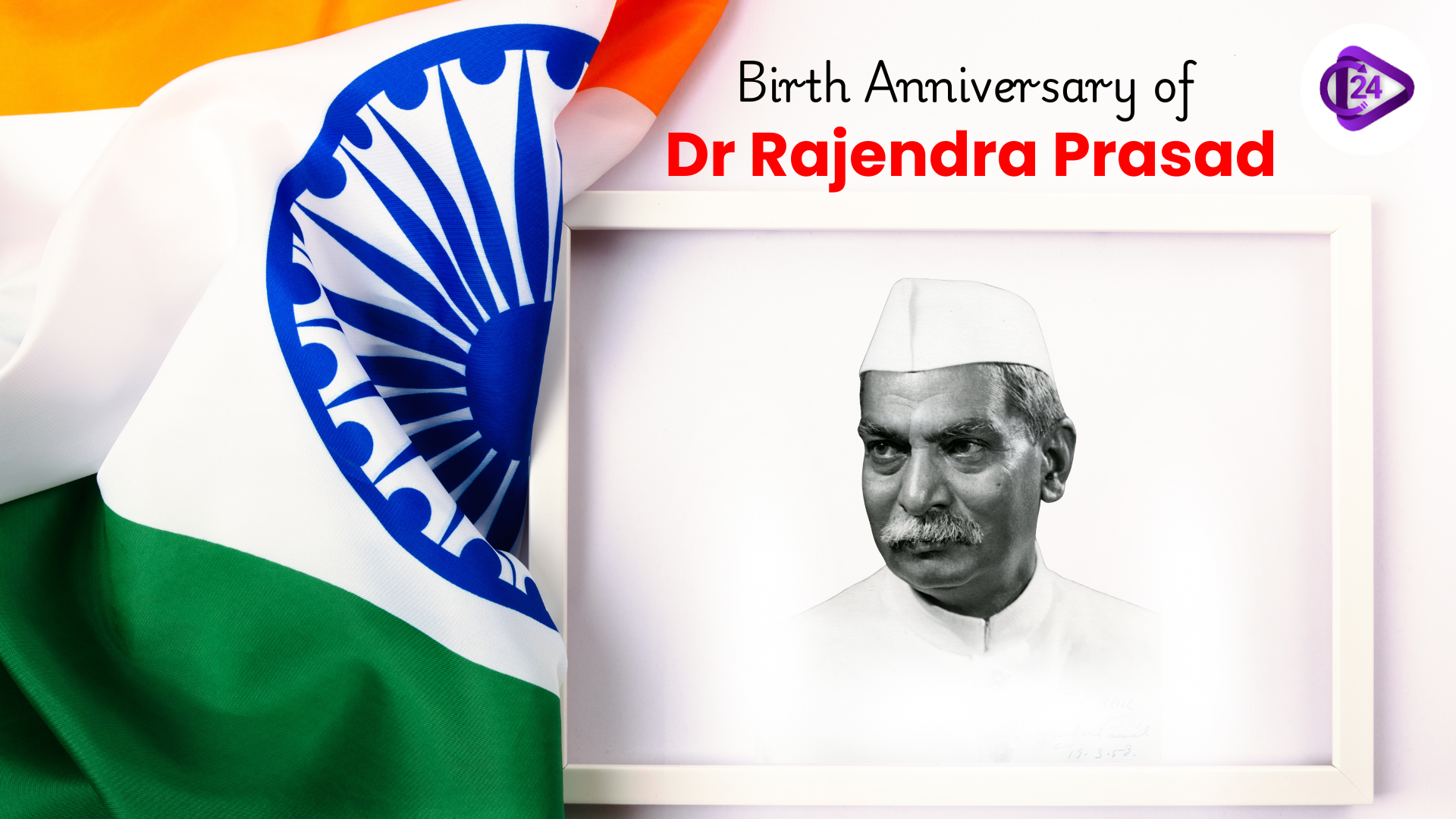 Birth Anniversary of Dr Rajendra Prasad
Birth Anniversary of Dr Rajendra Prasad Tessy Thomas Achieves Major Recognition With Dr Paulos Mar Gregorios Award 2025
Tessy Thomas Achieves Major Recognition With Dr Paulos Mar Gregorios Award 2025 Ramban Sulai Honey GI Tag: A Major Win for Traditional Beekeeping
Ramban Sulai Honey GI Tag: A Major Win for Traditional Beekeeping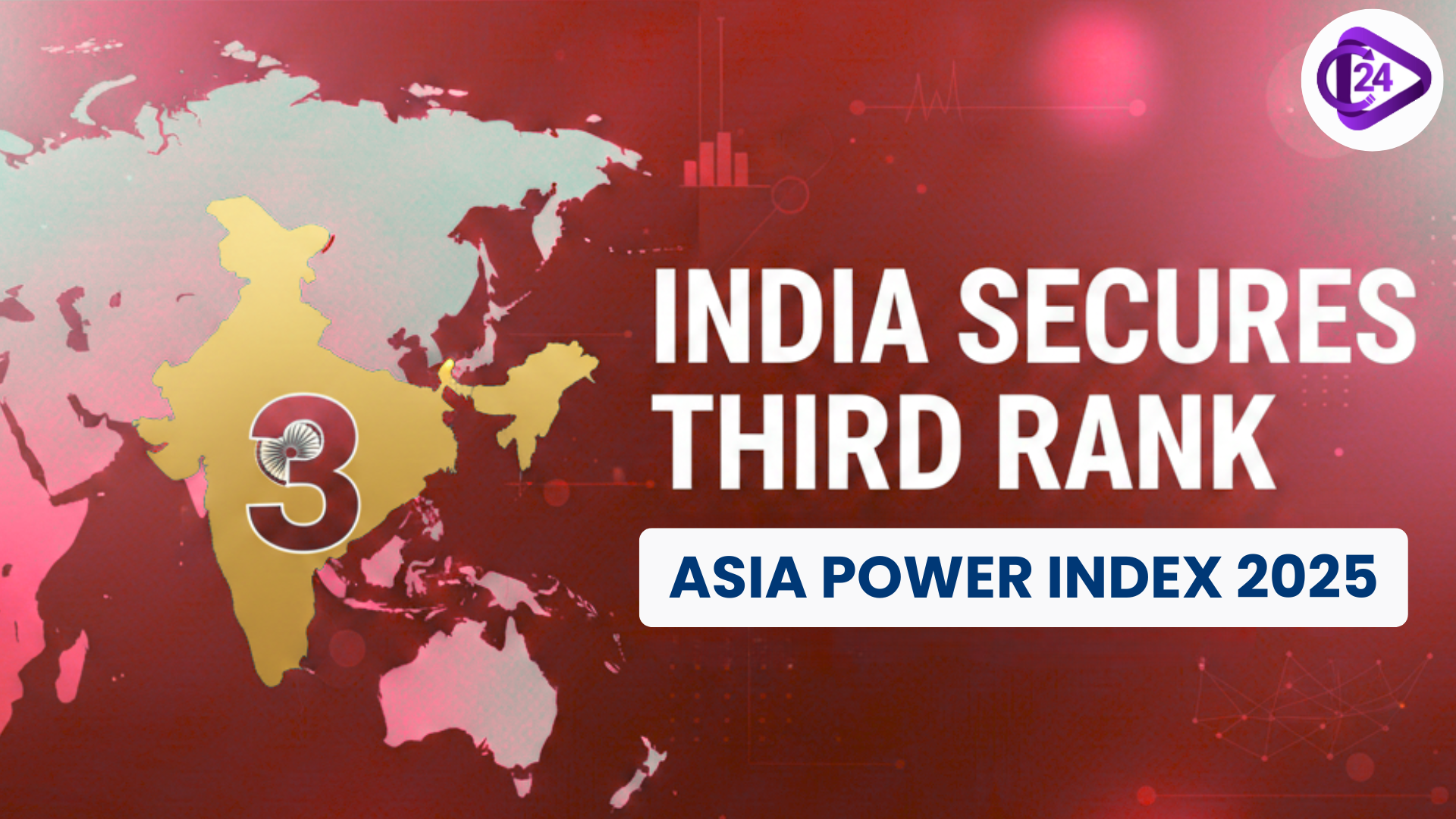 India Secures Third Rank in Asia Power Index 2025
India Secures Third Rank in Asia Power Index 2025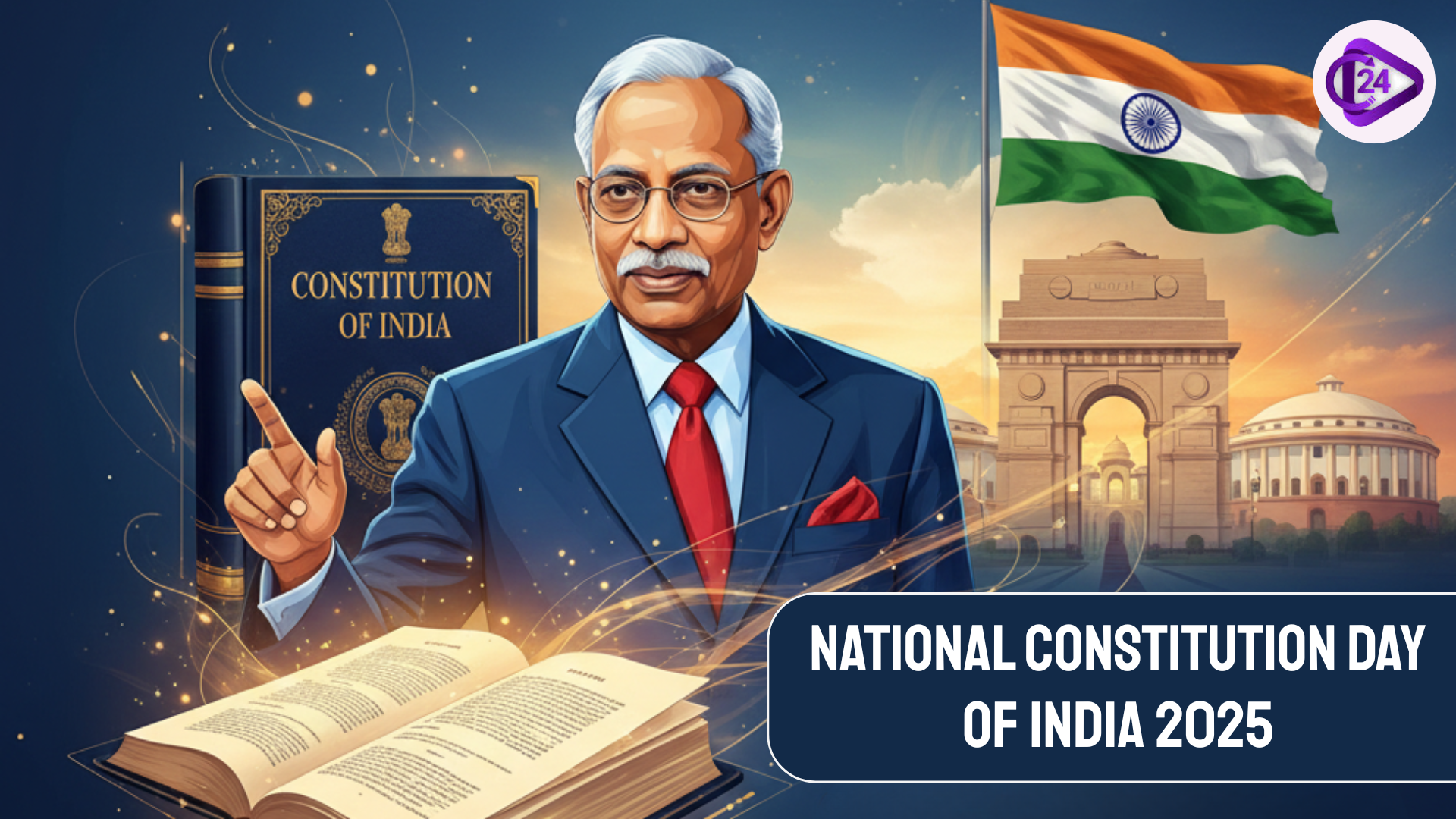 Constitution Day of India 2025: History, Meaning and Timeline Explained
Constitution Day of India 2025: History, Meaning and Timeline Explained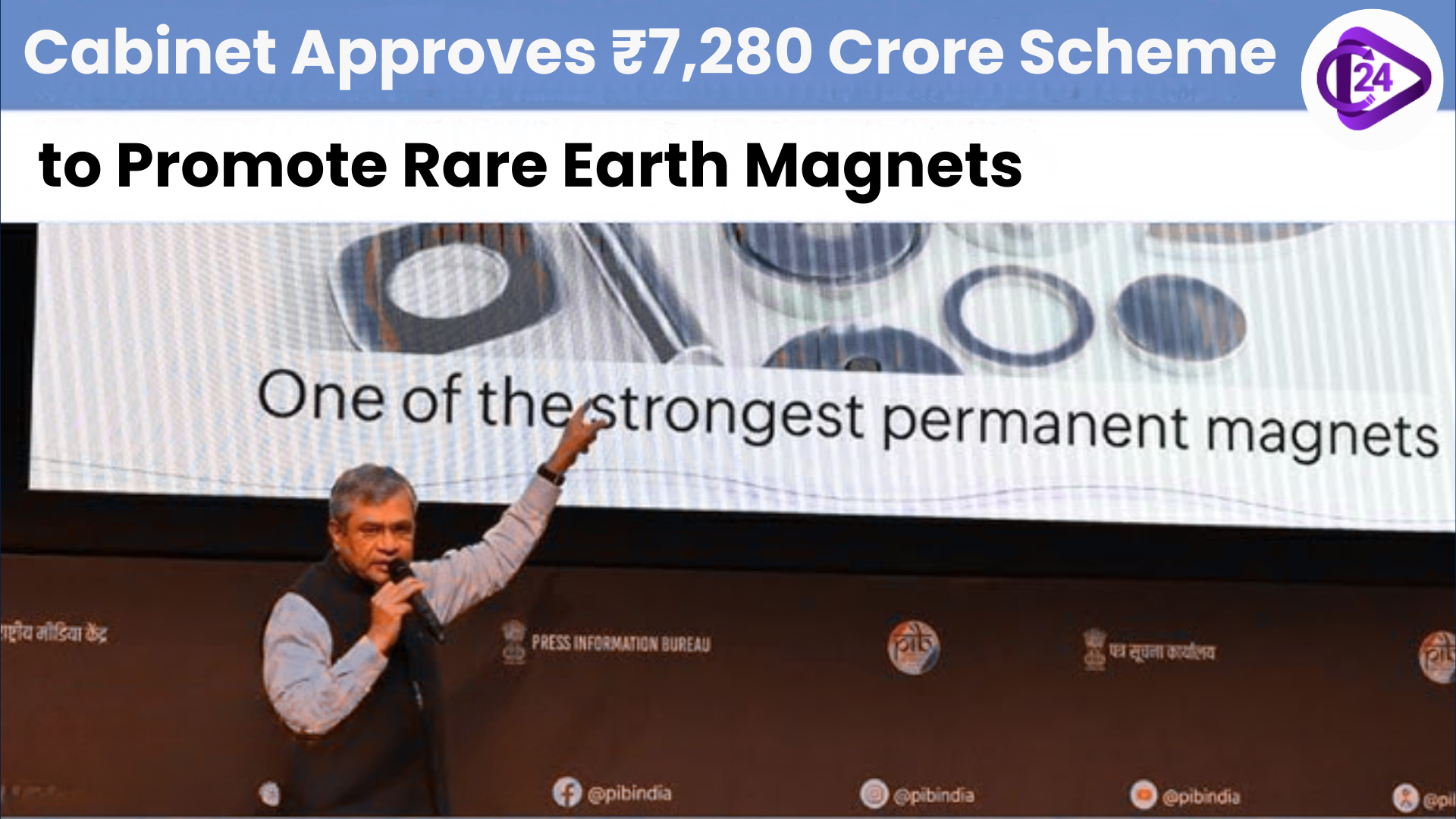 India Launches ₹7,280 Crore Initiative to Develop Rare Earth Magnet Manufacturing
India Launches ₹7,280 Crore Initiative to Develop Rare Earth Magnet Manufacturing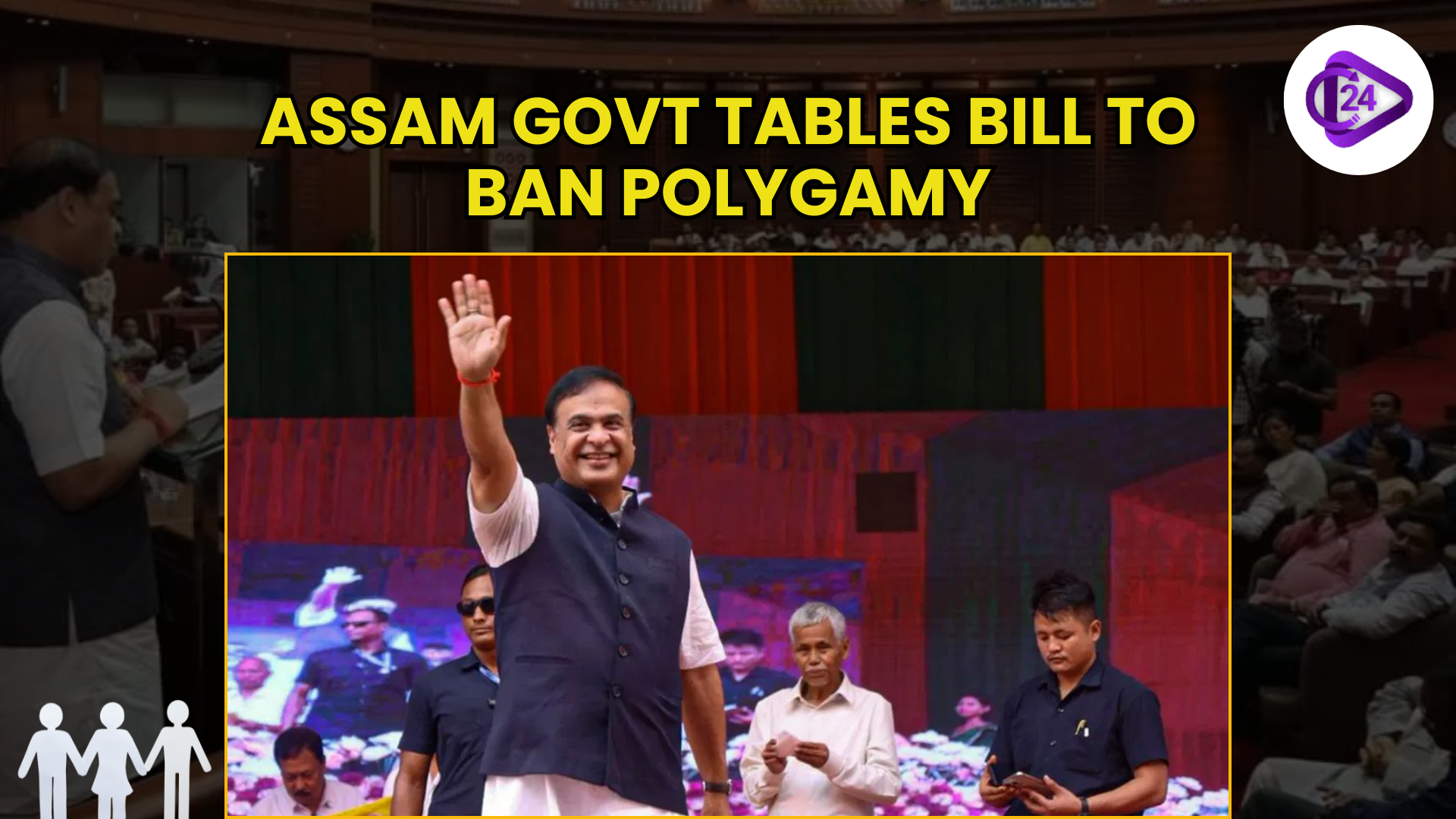 Assam Government Introduces Bill to Ban Polygamy with Strict Penalties
Assam Government Introduces Bill to Ban Polygamy with Strict Penalties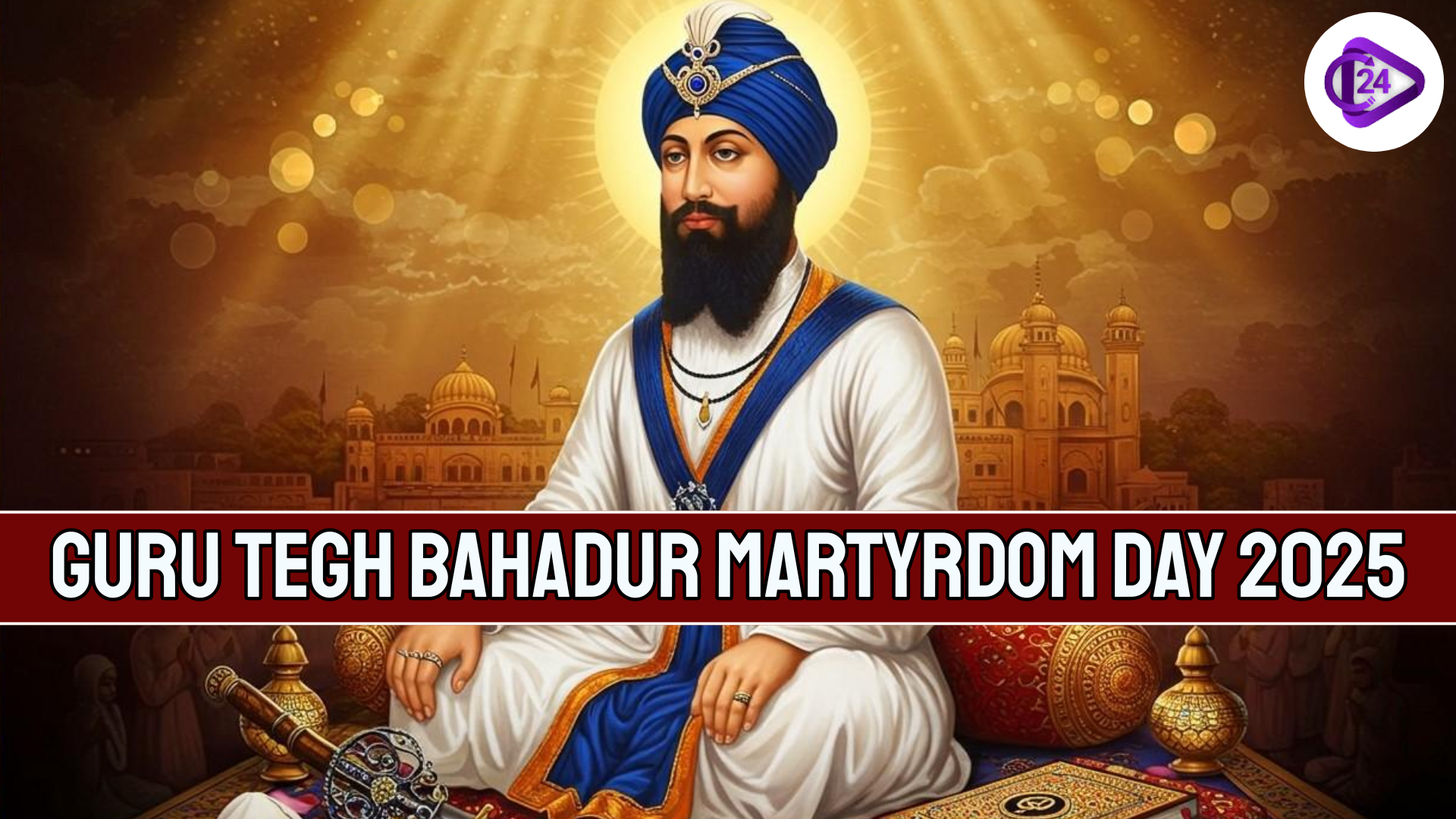 Guru Tegh Bahadur Martyrdom Day 2025 A Tribute to Courage and Spiritual Strength
Guru Tegh Bahadur Martyrdom Day 2025 A Tribute to Courage and Spiritual Strength India Pays Tribute to the Birth Anniversary of Rani Lakshmibai
India Pays Tribute to the Birth Anniversary of Rani Lakshmibai Kinnaur’s Raulane Festival Celebrates Nature’s Mystical Guardians
Kinnaur’s Raulane Festival Celebrates Nature’s Mystical Guardians






